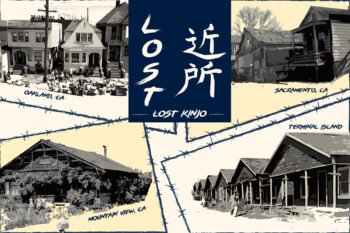 California’s diverse population challenges policy makers, planners and educational institutions, most of which critics say are still functioning as if the state is homogeneously White.
California’s diverse population challenges policy makers, planners and educational institutions, most of which critics say are still functioning as if the state is homogeneously White.
As a result, despite California’s healthy economy speeding into the future, they fear some ethnic groups are being left behind, forgotten or adversely affected.
“At the same time that the tech boom created wealth and attracted a highly-educated, high-earning workforce, it also increased housing prices and promoted gentrification, while exacerbating existing racial disparities,” said a new report released Wednesday (Nov. 15).
To help government and institutions gain a new perspective in the collected data that spur planning, policies, health, laws and education, Advancement Project California, a civil rights organization championing greater equity and opportunity for all Californians along with other agencies launched a new online tool, Race Counts.
The new initiative analyzes performance, racial disparity and impact across key issues for each of California¹s 58 counties to tell the real story of racial disparity in California. Race Count¹s web-based tool ranks racial equity in each county, along with a report summarizing key findings.
LATEST STORIES
“We believe the Golden State promise of California should be available to all residents,² said John Kim, executive director of the Advancement Project California. ³Stubborn racial disparities will not go away on their own.
“The good news is we are incredibly fortunate in California to have the tools for change. By equipping community leaders with the data they need to drive local and statewide campaigns, we can achieve real system change to end racial disparity in our state.”
Some of the findings in the report, include:
- For every 1,000 Asians in California, 26 own businesses; whereas for Blacks and Latinos only four out of 1,000 are business owners.
- Asians have the longest life expectancy at 80.2 years, while Pacific Islanders have the second lowest at 72.6 years.
- Asian (72%), Filipino (62%), and White (58%) third grade math proficiency rates are more than double Pacific Islander (36%), Native American (29%), Latino (28%), and Black (22%) rates.
- Black residents are about two times as likely to be killed by law enforcement than Whites, Latino/a, or Asian residents.
- Surprisingly, Native Hawaiians and Pacific Islanders are highly represented among police officers—eight per 1,000 persons—which is greater than the ratio for Whites (three per 1,000) and Blacks (two per 1,000).
- Asians and Latinos are more likely to be exposed to toxic releases from facilities than Whites and Native Americans.
“This is something that matters greatly and really helps us understand that the accumulated burdens of disparity in the past persist today,” said Manuel Pastor, director of the University of Southern California’s Program for Environmental and Regional Equity, who helped produce the initiative.
AsAmNews has Asian America in its heart. We’re an all-volunteer effort of dedicated staff and interns. You can show your support by liking our Facebook page at www.facebook.com/asamnews, following us on Twitter, sharing our stories, interning or joining our staff.







